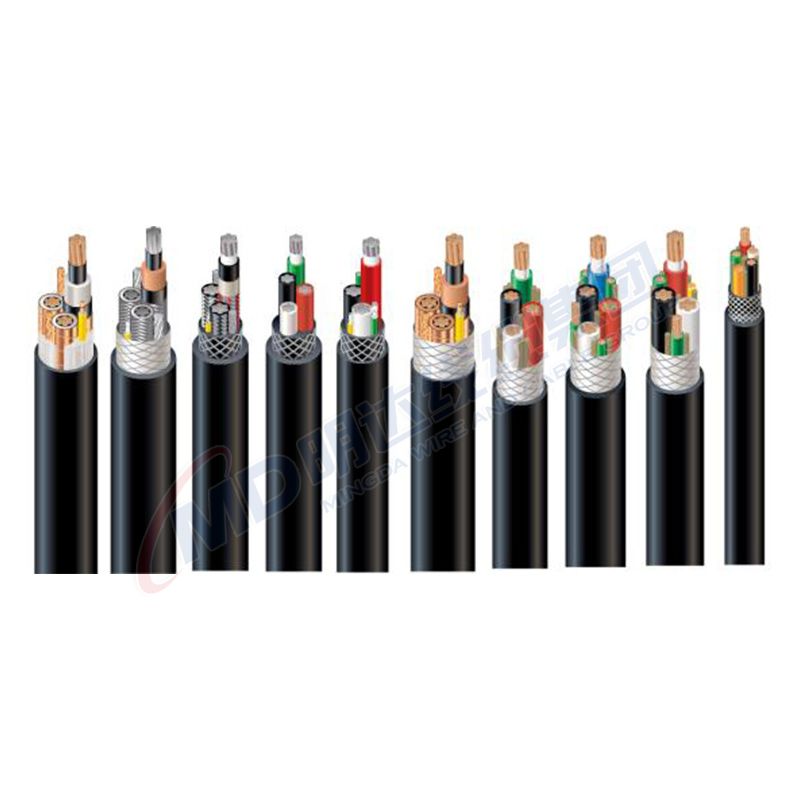Dec . 20, 2024 00:13 Back to list
Understanding the Functionality and Benefits of Foot Check Valves in Fluid Systems
Understanding Foot Check Valves Essential Components for Fluid Control
Foot check valves are critical components in various fluid management systems, primarily used in water and waste management, as well as in industrial applications. They serve a fundamental purpose to prevent backflow and ensure a one-way flow of liquids. This article explores the significance, working principle, applications, and maintenance of foot check valves.
What is a Foot Check Valve?
A foot check valve is typically installed at the bottom of a suction line, submerged in the fluid it is intended to control. The valve comprises a body, a disc (or flap), and a seat. The disc is held against the seat by gravity or spring tension. When the pump operates, the pressure from the fluid opens the valve, allowing flow. Conversely, if the pump shuts down, the disc closes, preventing the return of fluid.
Working Principle
The operation of a foot check valve is relatively straightforward. When the pump initiates, the fluid's pressure forces the disc upward, opening the valve and allowing the fluid to flow into the system. Upon cessation of pumping, the fluid naturally wants to flow back due to gravity. However, the disc falls back onto the seat, effectively blocking reverse flow. This mechanism is crucial for maintaining system integrity, especially in applications where backflow can cause contamination or equipment damage.
Applications
Foot check valves are employed across various industries. In water supply systems, they are instrumental in maintaining a constant flow and preventing contamination from backflow. In irrigation systems, they help in ensuring that water continues to flow to fields without the risk of dirty water returning to the source. Additionally, these valves are utilized in sump pumps, where they prevent flooding by stopping water from flowing back into the sump basin.
foot check valve

In oil and gas applications, foot check valves prevent the backflow of hydrocarbons, safeguarding the system and the environment. Furthermore, in marine applications, they ensure proper drainage and prevent seawater from flowing back into vessels or equipment.
Benefits of Foot Check Valves
The advantages of using foot check valves are numerous. Firstly, they enhance system reliability by preventing backflow, which could potentially damage pumps and other connected equipment. Secondly, they contribute to system efficiency; by ensuring that fluid only moves in one direction, they minimize the energy required to operate pumps and maintain pressure.
Moreover, foot check valves are often easy to install and require minimal maintenance. Their design allows them to resist wear and tear from continuous operation, thereby prolonging the life of associated equipment.
Maintenance Tips
While foot check valves are designed for durability, regular maintenance is essential to ensure their longevity. Periodic inspections for signs of wear, such as corrosion or leaking seals, should be conducted. It’s also crucial to ensure that the valve remains free of debris, which can hinder the disc's movement. In cases where the valve is installed in corrosive environments, consider using materials that resist corrosion to prolong the lifespan of the valve.
Conclusion
Foot check valves are indispensable for efficient fluid management across various applications. Their ability to prevent backflow not only protects equipment but also ensures the safety and integrity of the systems they serve. By understanding their functionality, applications, and maintenance needs, industries can better utilize these vital components to enhance their operational efficiency and reliability. Whether for municipal water systems or industrial applications, the importance of foot check valves cannot be overstated.
Share
-
Reliable Wafer Type Butterfly Valves for Every IndustryNewsJul.25,2025
-
Reliable Flow Control Begins with the Right Ball Check ValveNewsJul.25,2025
-
Precision Flow Control Starts with Quality ValvesNewsJul.25,2025
-
Industrial Flow Control ReliabilityNewsJul.25,2025
-
Engineered for Efficiency Gate Valves That Power Industrial PerformanceNewsJul.25,2025
-
Empowering Infrastructure Through Quality ManufacturingNewsJul.25,2025


